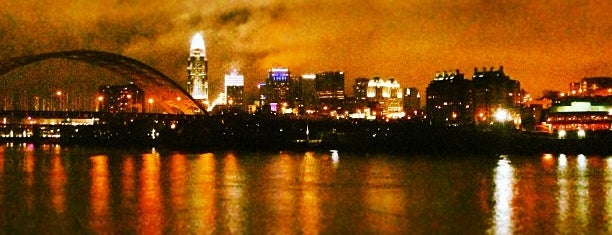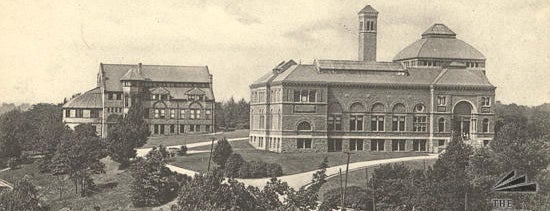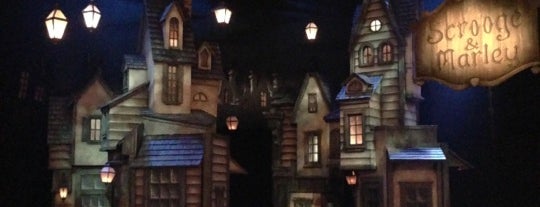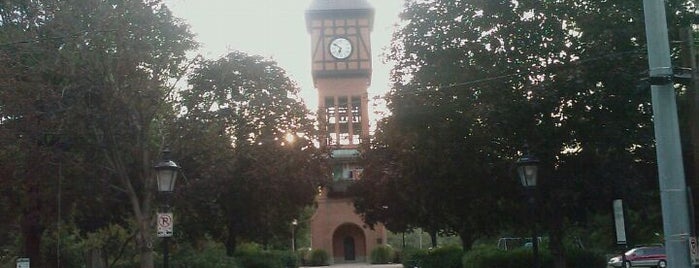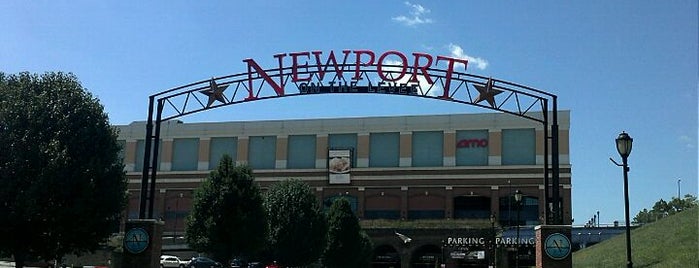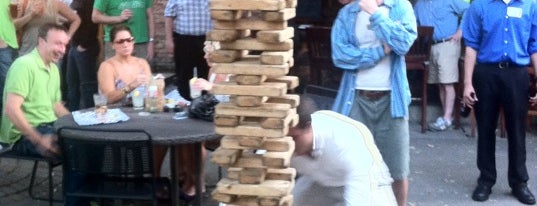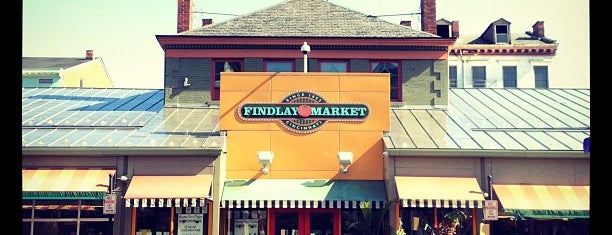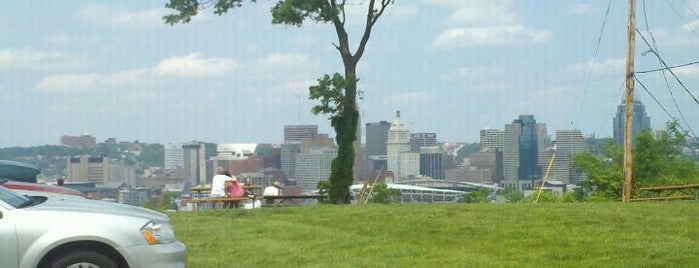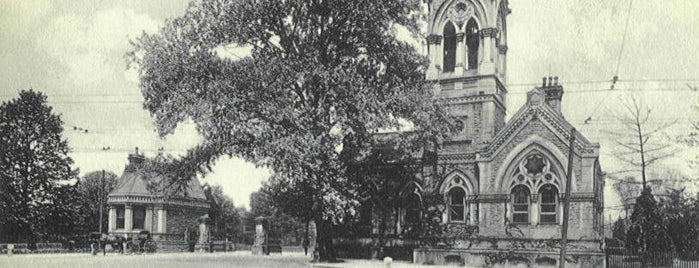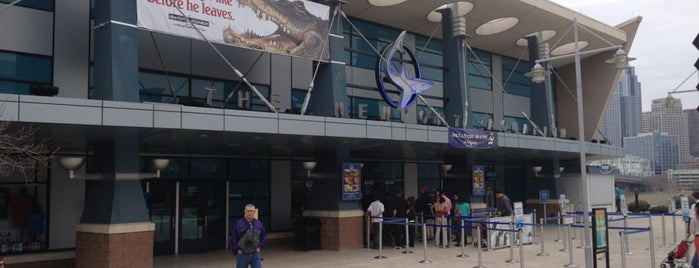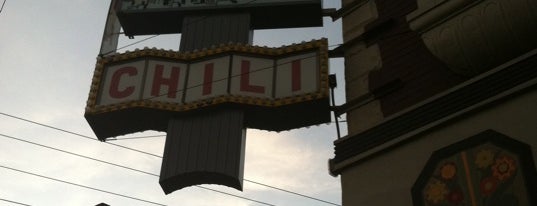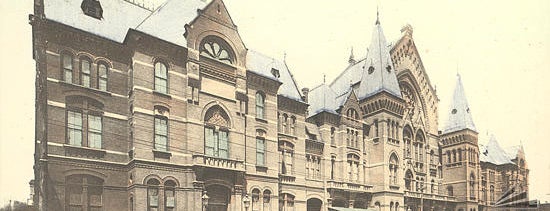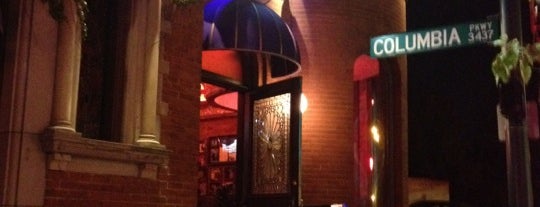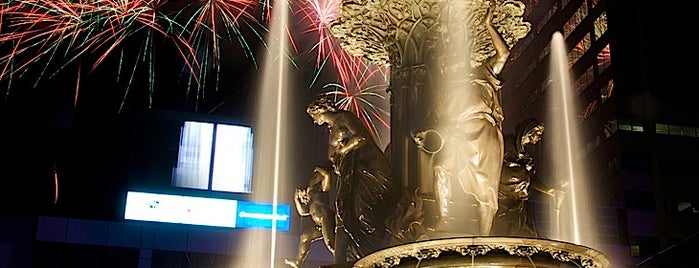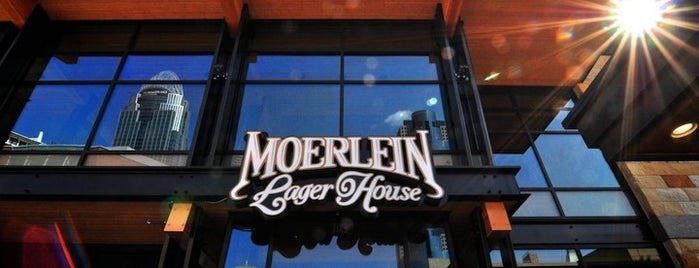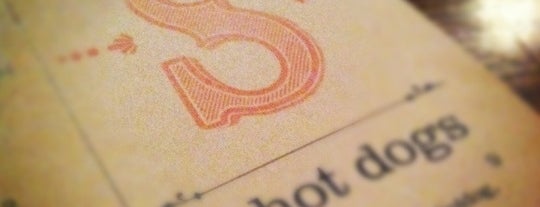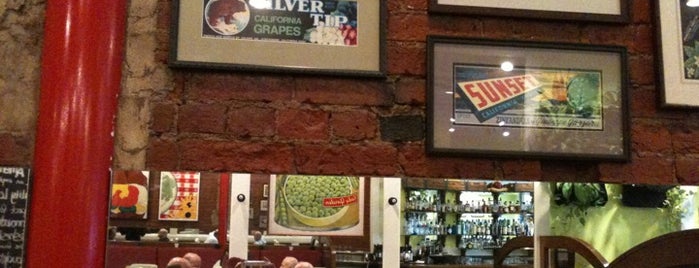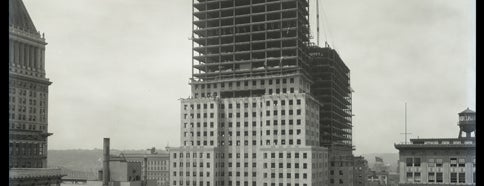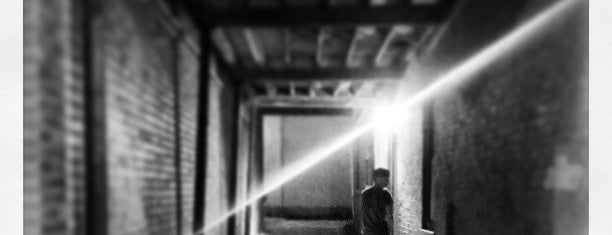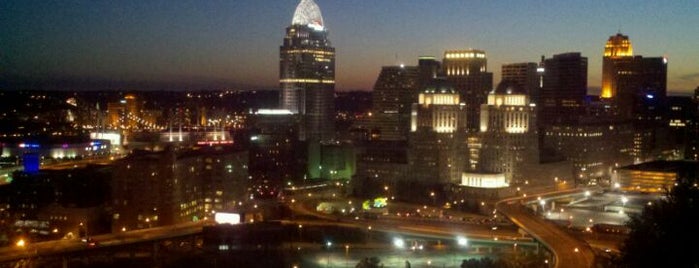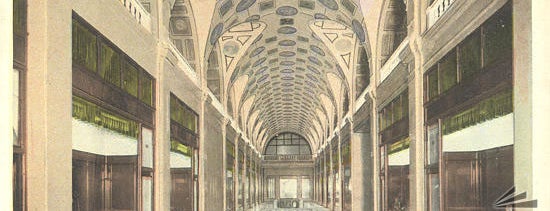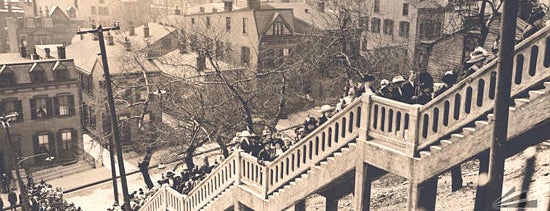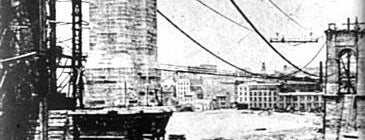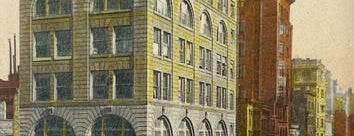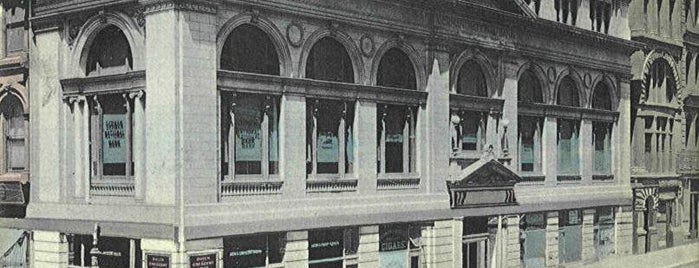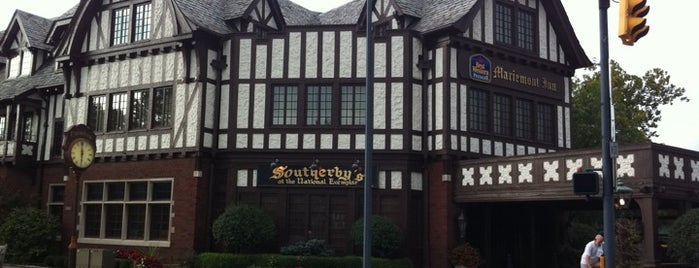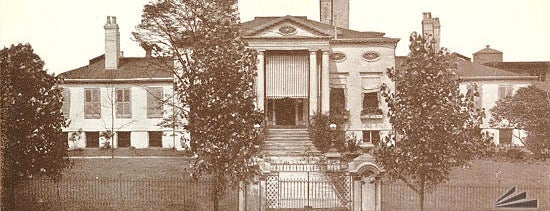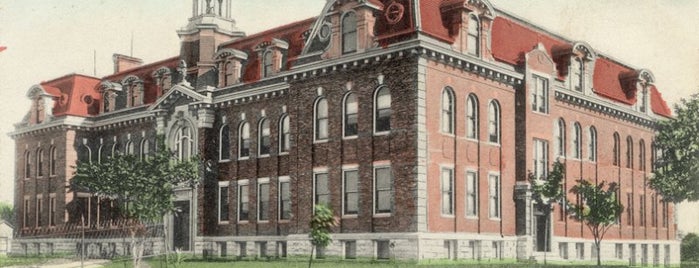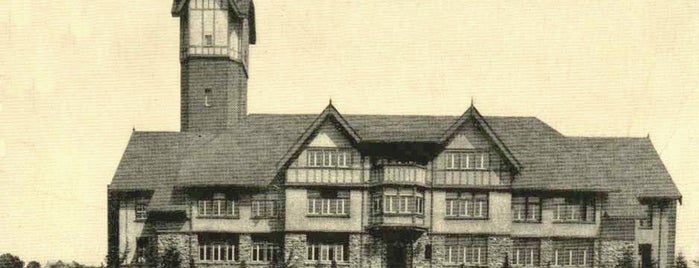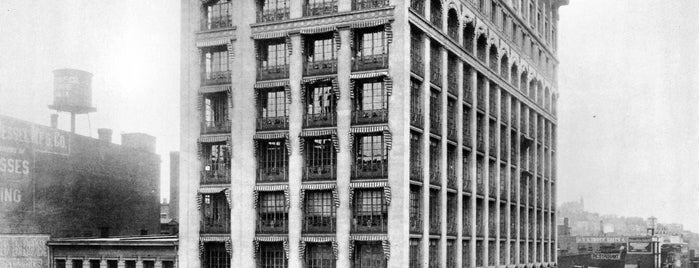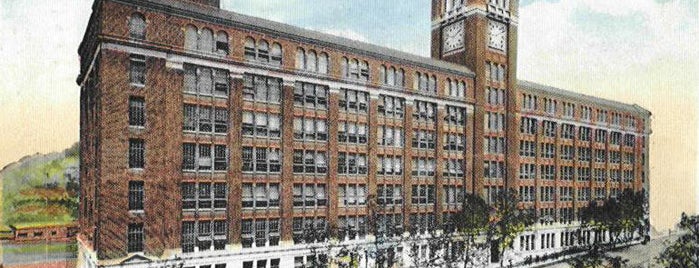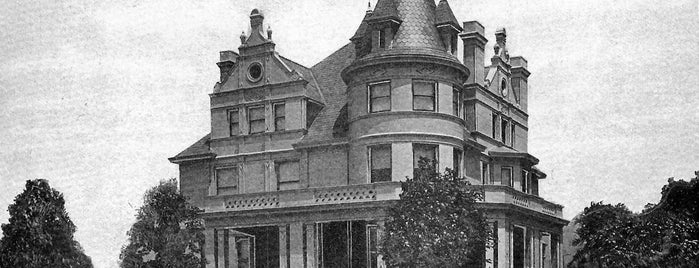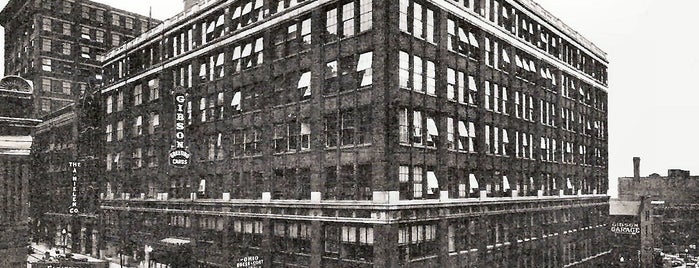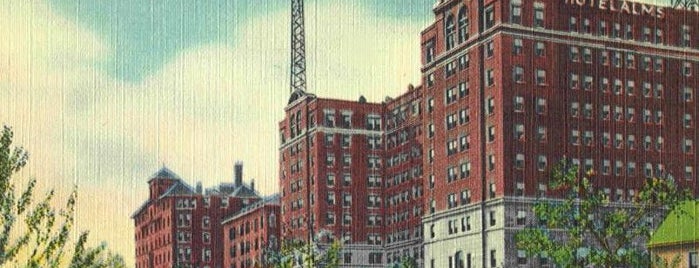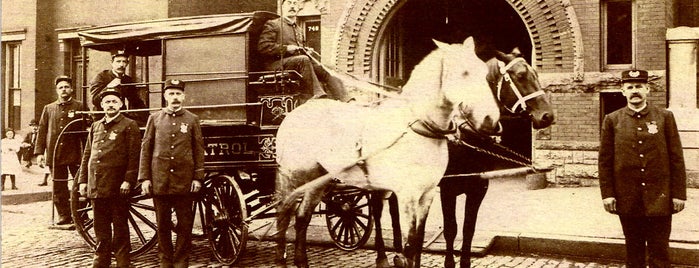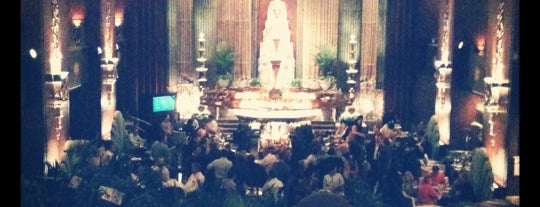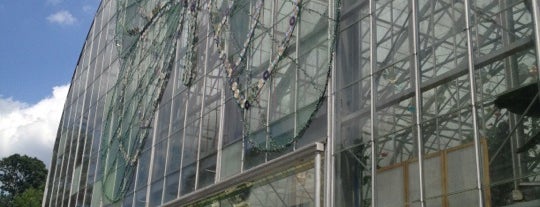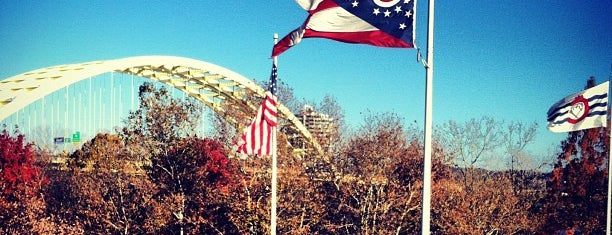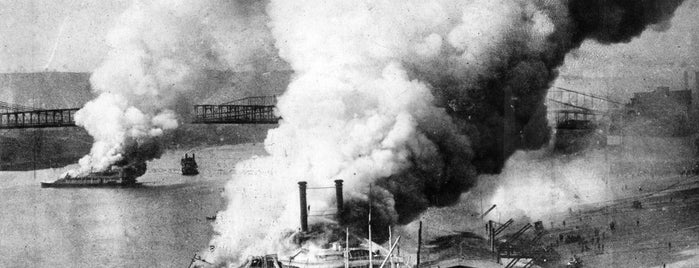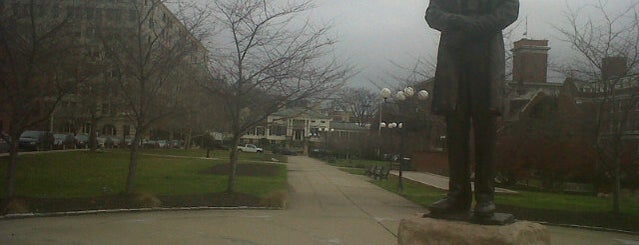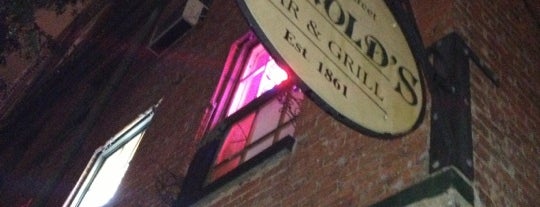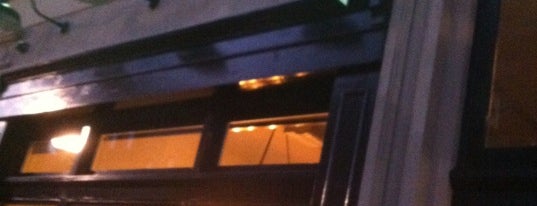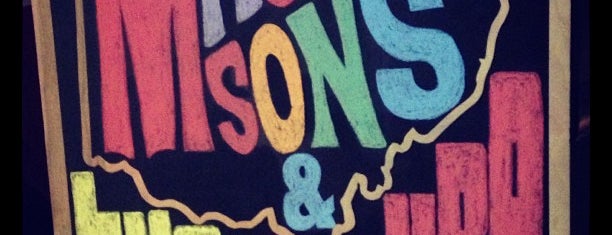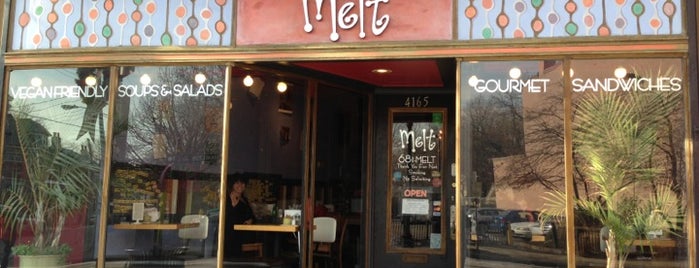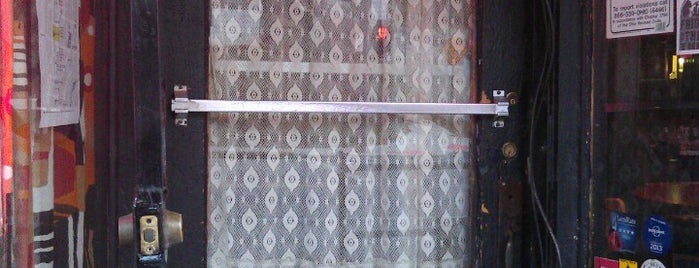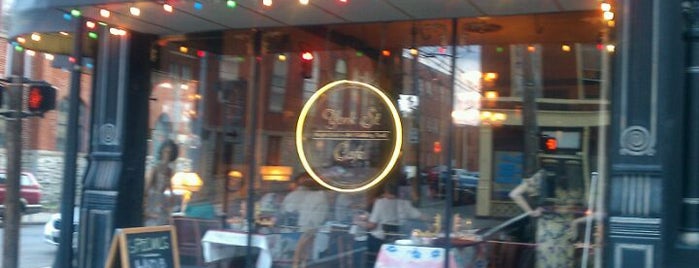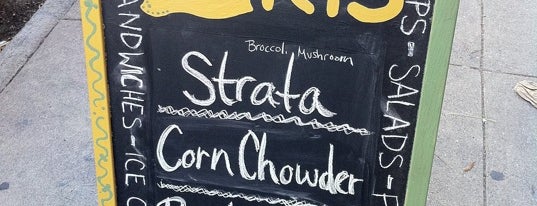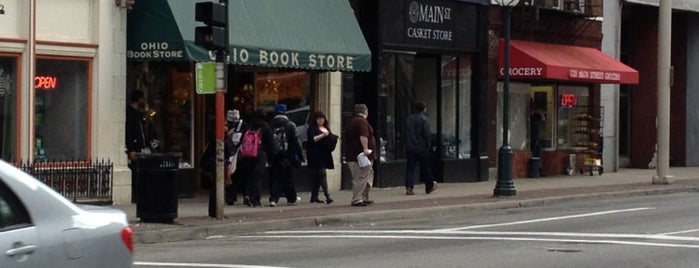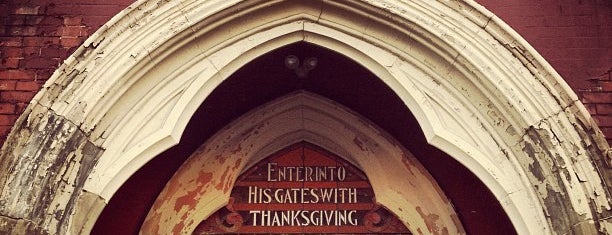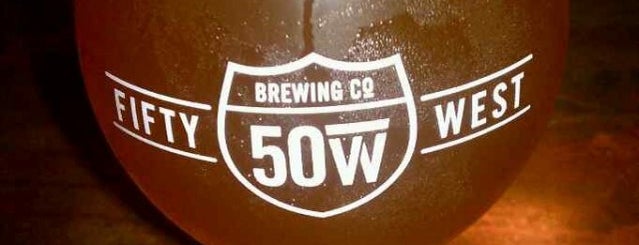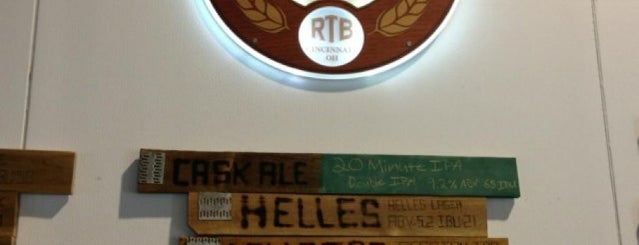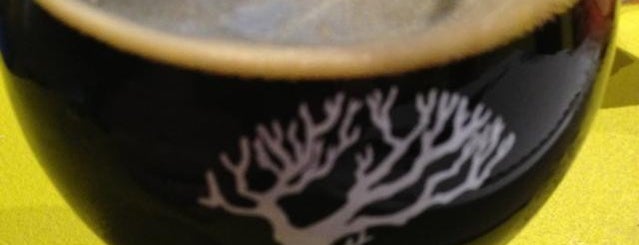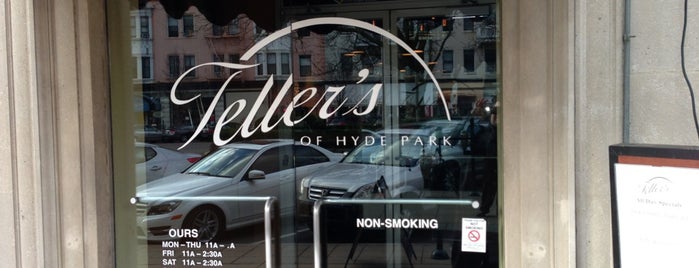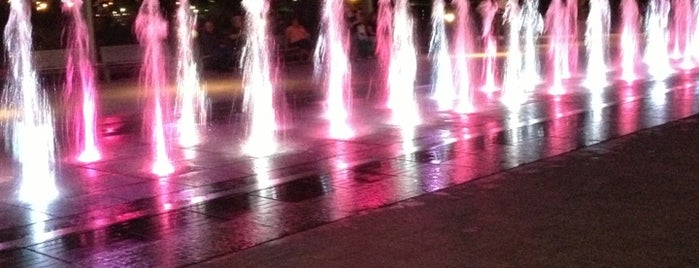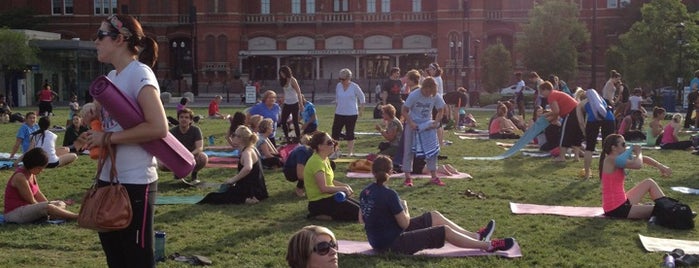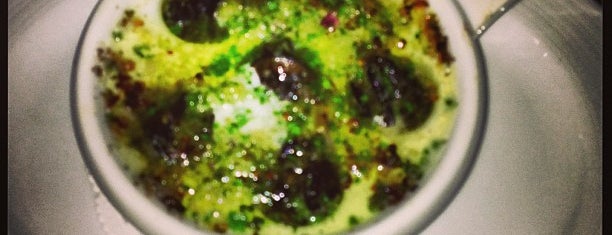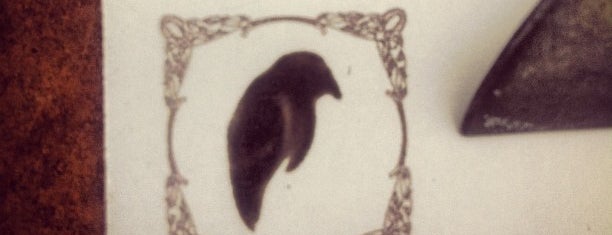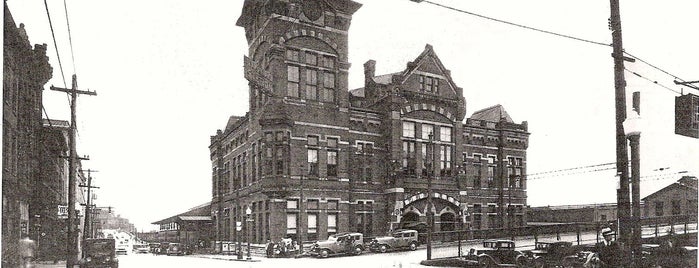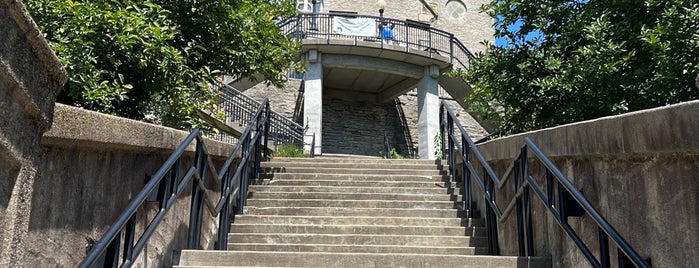![]() Spring Grove is home to 41 Union Civil War Generals (and 1 Confederate), Procter and Gamble, McAlpin, Shillito, Kroger, Schoenling and Moerlein in its 733 acres. Courtesy cincinnativiews.net. Read more.
Spring Grove is home to 41 Union Civil War Generals (and 1 Confederate), Procter and Gamble, McAlpin, Shillito, Kroger, Schoenling and Moerlein in its 733 acres. Courtesy cincinnativiews.net. Read more.
![]() You must stare at the rotunda and think...wow it is 106 feet to the top. Go to the corner of the rotunda by the Rookwood Ice Cream Parlor and send a friend to the opposite corner. You can hear each ot Read more.
You must stare at the rotunda and think...wow it is 106 feet to the top. Go to the corner of the rotunda by the Rookwood Ice Cream Parlor and send a friend to the opposite corner. You can hear each ot Read more.
![]() Free WiFi is available from the Lily Pad Project, a volunteer initiative by Give Back Cincinatti to bring free wireless to public spots. - David Heyburn Read more.
Free WiFi is available from the Lily Pad Project, a volunteer initiative by Give Back Cincinatti to bring free wireless to public spots. - David Heyburn Read more.
![]() Ever since the 1860s, Cincinnati Catholics have been "praying the steps" of this church on Good Friday every year. This view is from 1916. Collection of Public Library of Cincinnati and Hamilton Co. Read more.
Ever since the 1860s, Cincinnati Catholics have been "praying the steps" of this church on Good Friday every year. This view is from 1916. Collection of Public Library of Cincinnati and Hamilton Co. Read more.
![]() Dow was the first drug store in Cincinnati to add a soda fountain, along with perfume, cosmetic and tobacco departments. Others soon began to copy the format. Courtesy cincinnativiews.net. Read more.
Dow was the first drug store in Cincinnati to add a soda fountain, along with perfume, cosmetic and tobacco departments. Others soon began to copy the format. Courtesy cincinnativiews.net. Read more.
![]() City Hall has been on this site since 1852. The current building, designed by Samuel Hannaford (who designed Music Hall) opened in 1893. Collection of the Public Library of Cincinnati and Hamilton Co. Read more.
City Hall has been on this site since 1852. The current building, designed by Samuel Hannaford (who designed Music Hall) opened in 1893. Collection of the Public Library of Cincinnati and Hamilton Co. Read more.
![]() The cornerstone of this 1873 building is the same one laid by John Quincy Adams in 1843 at the original Mt Ida (later Mt Adams) location. Collection of Public Library of Cincinnati and Hamilton Co. Read more.
The cornerstone of this 1873 building is the same one laid by John Quincy Adams in 1843 at the original Mt Ida (later Mt Adams) location. Collection of Public Library of Cincinnati and Hamilton Co. Read more.
![]() The Center Building first hosted classes in 1907. Board, tuition, laundry and use of library cost $45 per quarter. Courtesy nkyviews.com. Read more.
The Center Building first hosted classes in 1907. Board, tuition, laundry and use of library cost $45 per quarter. Courtesy nkyviews.com. Read more.
![]() This building was built in 1921 to complement the Gruen building. It housed the Procter & Collier Co., an advertising and printing agency for Procter & Gamble. Courtesy cincinnativiews.net. Read more.
This building was built in 1921 to complement the Gruen building. It housed the Procter & Collier Co., an advertising and printing agency for Procter & Gamble. Courtesy cincinnativiews.net. Read more.
![]() This building was built by the Gruen Watch Company in 1917. Since their watches were based on Swiss designs, they wanted their factory to resemble a Swiss chalet. Courtesy cincinnativiews.net. Read more.
This building was built by the Gruen Watch Company in 1917. Since their watches were based on Swiss designs, they wanted their factory to resemble a Swiss chalet. Courtesy cincinnativiews.net. Read more.
![]() The Gwynne building was constructed in 1914 and named for the wife of Cornelius Vanderbilt II, Alice Gwynne Vanderbilt. It served as the headquarters for P&G from 1935 to 1956. Read more.
The Gwynne building was constructed in 1914 and named for the wife of Cornelius Vanderbilt II, Alice Gwynne Vanderbilt. It served as the headquarters for P&G from 1935 to 1956. Read more.
![]() The Baldwin Piano Company once called this building home. They began as piano dealers (at 4th & Elm) in 1862, but started making their own pianos on this site in 1890. Read more.
The Baldwin Piano Company once called this building home. They began as piano dealers (at 4th & Elm) in 1862, but started making their own pianos on this site in 1890. Read more.
![]() This was the home of George "Boss" Cox, who ran Cincinnati's political machine from 1891 to 1916. A Republican, Cox's ability to deliver election results extended his power throughout Ohio. Read more.
This was the home of George "Boss" Cox, who ran Cincinnati's political machine from 1891 to 1916. A Republican, Cox's ability to deliver election results extended his power throughout Ohio. Read more.
![]() This building was originally home to Gibson Greetings. It grew to become the third largest greeting card manufacturer in the country until it was purchased by American Greetings in 2000. Read more.
This building was originally home to Gibson Greetings. It grew to become the third largest greeting card manufacturer in the country until it was purchased by American Greetings in 2000. Read more.
![]() This building was originally a 1925 addition to the Hotel Alms, which was owned by Frederick Alms (of the Alms & Doepke Department Store). WKRC Radio broadcast from the hotel in their early days. Read more.
This building was originally a 1925 addition to the Hotel Alms, which was owned by Frederick Alms (of the Alms & Doepke Department Store). WKRC Radio broadcast from the hotel in their early days. Read more.
![]() On the Southwest corner of the building, you'll find old Police Patrol Station No. 4. Built in 1890, it closed after a 1955 police redistricting and the building was absorbed into the Hostess plant. Read more.
On the Southwest corner of the building, you'll find old Police Patrol Station No. 4. Built in 1890, it closed after a 1955 police redistricting and the building was absorbed into the Hostess plant. Read more.
![]() Most of what is now the Sawyer Point parking lot was once the Little Miami Railroad (and later Pennsylvania Railroad) depot. This 1929 photo was taken at the base of the L&N (Purple People) Bridge. Read more.
Most of what is now the Sawyer Point parking lot was once the Little Miami Railroad (and later Pennsylvania Railroad) depot. This 1929 photo was taken at the base of the L&N (Purple People) Bridge. Read more.

